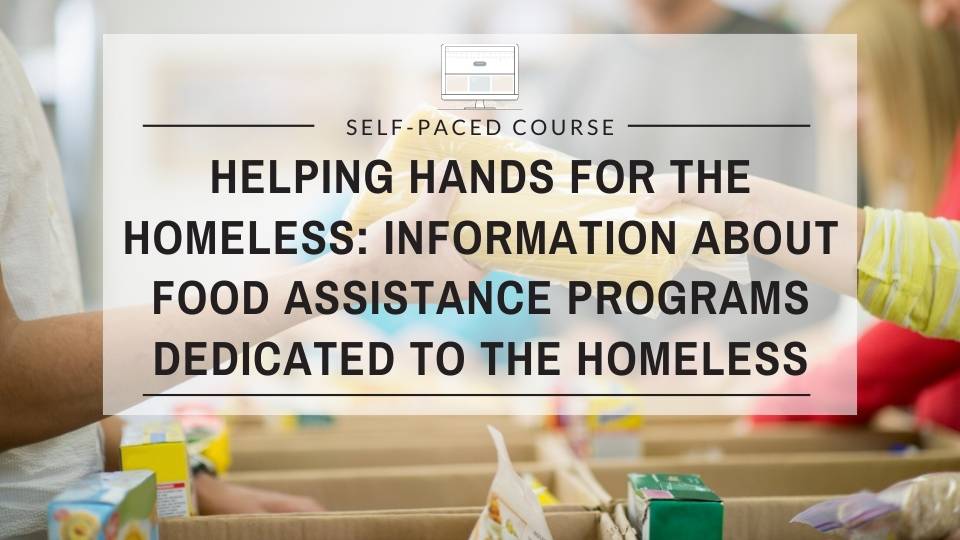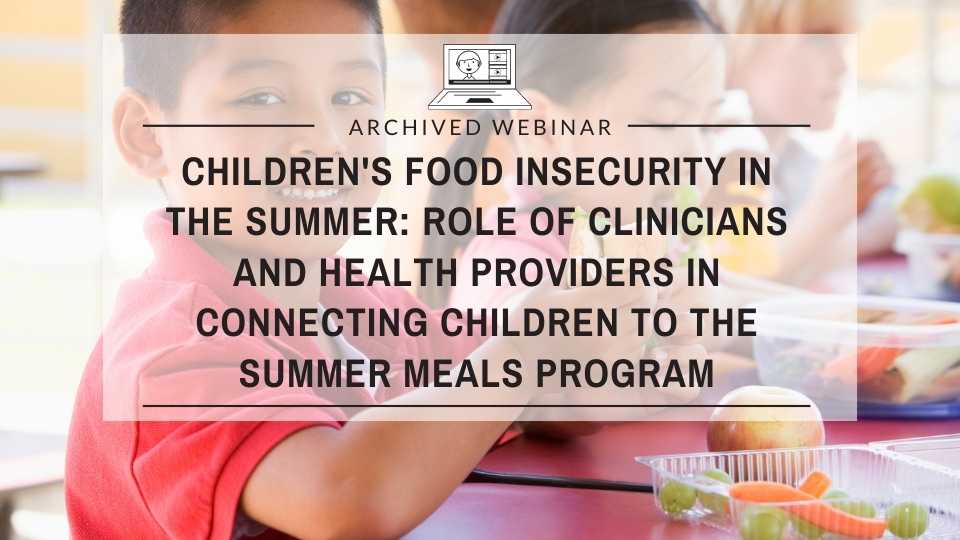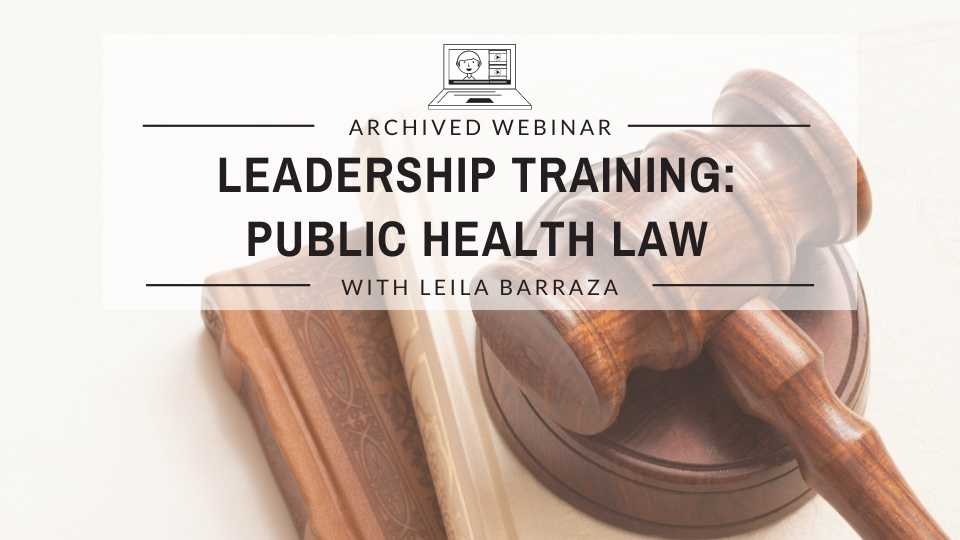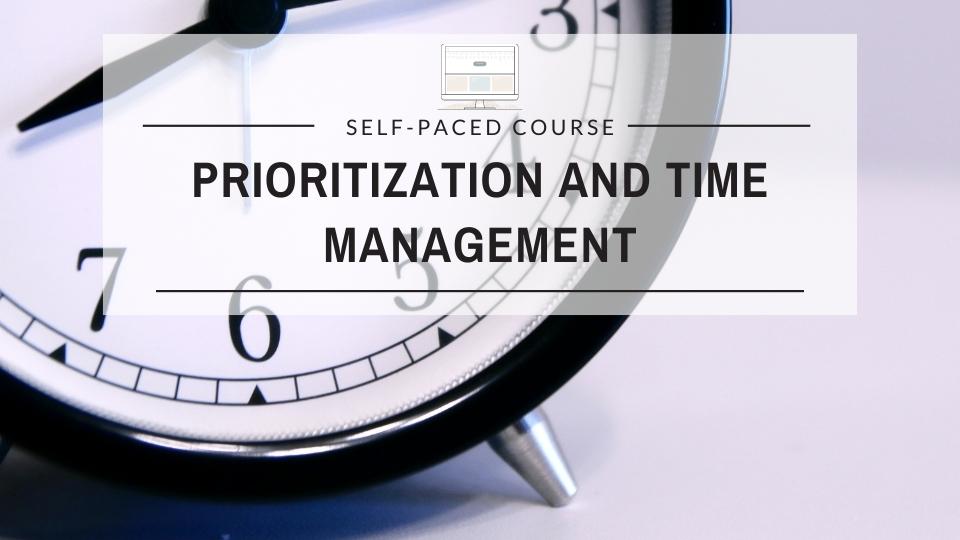This webinar will review communication and group dynamic issues that
can impact the working relationship within health care teams. Participants will
learn tools and resources to help improve communication and group interactions
to help support successful health care teams.
Learning Objectives:
- Recognize and understand the importance of communication and relationship development in the development of, and ongoing work of a health care team.
- Identify communication strategies for participants to use to foster better communication within their own health care team.
- Understand the theory of group dynamics and how it applies to health care teams.
- Recognize the characteristics of an effective and an ineffective team and identify strategies to move a team from ineffective to effective.
Target Audience: Dietitians, Environmental Health Professionals, Nurses, Physicians and Other Clinicians, Social Workers, Public Health.
Duration: ~ 1 hour
Continuing Education Information: 1.0 CECH for CHES
CHES Provider number: 99036
Disclosures: The planners,
reviewers, and authors have no declared conflicts of interest
Format: Web-based Training, Self-Study
Created/Updated: 6/22/2017
Author(s): Cathy Frey, (CVHN)











